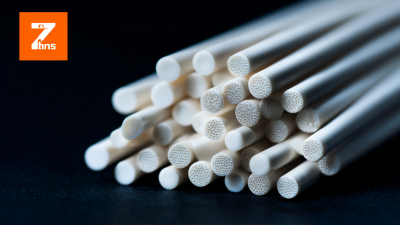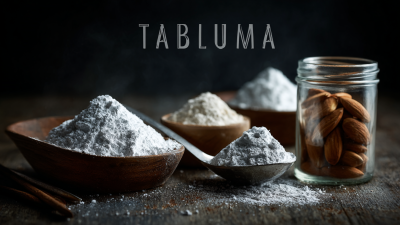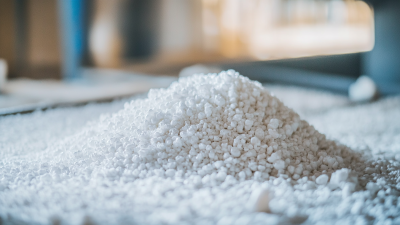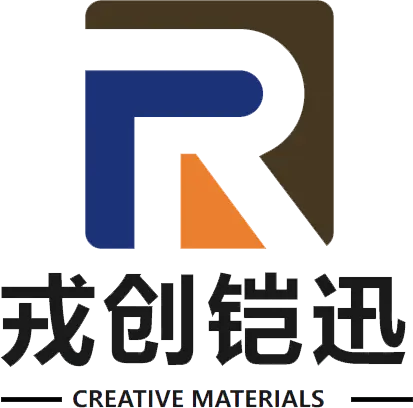In the evolving landscape of materials science, Zirconia Powder has emerged as a critical component across various industrial applications, owing to its remarkable properties such as high strength, low thermal conductivity, and exceptional chemical stability. According to a recent market research report by Grand View Research, the global zirconia market is expected to reach USD 2.3 billion by 2025, growing at a CAGR of 6.3%. This growth is propelled by the increasing demand for zirconia in industries like ceramics, electronics, and dental applications.
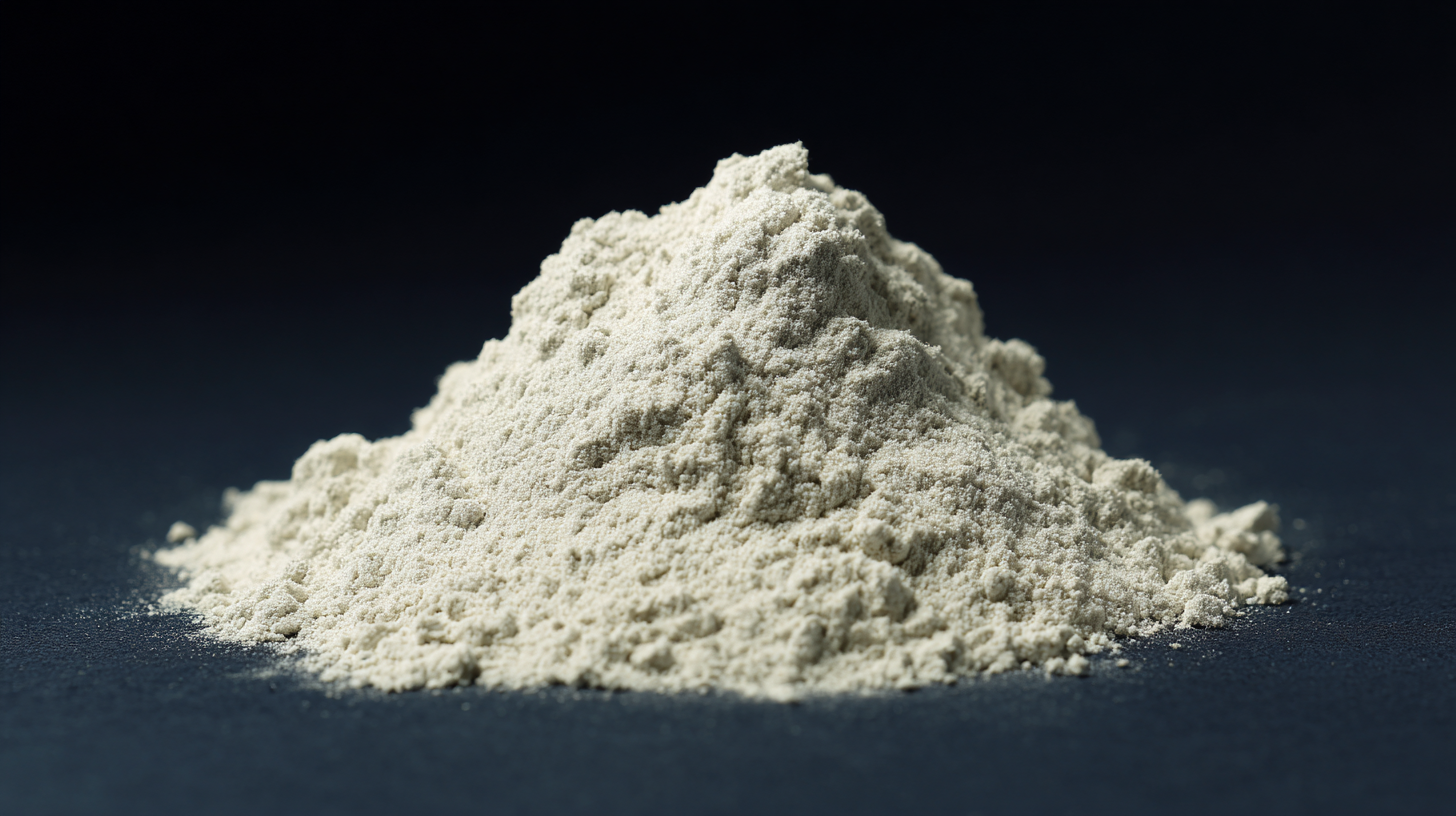
However, the selection of the right type of Zirconia Powder tailored to specific industrial needs can significantly impact performance and efficacy. Understanding the varying characteristics of zirconia grades and their suitability for targeted applications is essential for optimizing production processes and enhancing end-product quality. In this blog, we will explore crucial factors to consider when selecting Zirconia Powder for your industrial applications, ensuring you make informed decisions that align with your operational goals.
When selecting the right zirconia powder for industrial applications, it's essential to understand the various types available in the market. The zirconia market is experiencing significant growth, with a valuation of nearly USD 6.08 billion in 2024, and is projected to continue expanding at a steady pace through 2032. This growth is particularly evident in the dental materials sector, where monolithic zirconia has become the dominant choice, driven by advancements in CAD/CAM technology.
A noteworthy segment within the zirconia industry is colored zirconia ceramics. Despite the challenges they face, such as stability and aesthetic limitations, the application market for these materials is evolving. As manufacturers develop innovative solutions, the demand for colored zirconia ceramics is expected to rise, reflecting the shifting preferences of end-users. Additionally, the nano composite zirconia market is also on an upward trajectory, anticipated to grow from USD 16.2 billion in 2025 to USD 46.1 billion by 2035, highlighting the versatility and increasing adoption of zirconia-based products across various applications.
| Type of Zirconia Powder | Purity (%) | Particle Size (μm) | Applications | Typical Cost (USD/kg) |
|---|---|---|---|---|
| Zirconia Stabilized with Yttria (YSZ) | 99.5 | 0.5 | Ceramics, Dental Applications | 30 |
| Zirconia Stabilized with Magnesia (MSZ) | 99.0 | 1.0 | Electrolytes, Thermal Barrier Coatings | 25 |
| Partially Stabilized Zirconia (PSZ) | 95.0 | 0.8 | Cutting Tools, Wear Parts | 20 |
| Zirconia Toughened Alumina (ZTA) | 98.0 | 0.3 | Advanced Ceramics, Armor | 35 |
When selecting zirconia powder for industrial applications, several key properties must be taken into account to ensure optimal performance. One of the most critical factors is the grain size of the zirconia powder. According to a market report by Research and Markets, finer grain sizes, typically ranging from 100 nm to 1 µm, provide enhanced mechanical strength and toughness, which are vital in applications such as dental ceramics and wear-resistant coatings. The smaller particle size improves sintering and results in denser materials, making it an important aspect for manufacturers seeking durability in harsh environments.
Another important property is the purity of the zirconia powder. High-purity zirconia, often exceeding 99.5%, is essential for industries requiring precision and reliability, like aerospace and electronics. A study published in the Journal of Materials Science indicated that the presence of impurities can significantly affect the phase stability and mechanical properties of zirconia, leading to premature failure in critical applications. Therefore, investing in high-quality, pure zirconia powder ensures that the final products exhibit excellent thermal stability and resistance to chemical corrosion, thereby extending their lifespan and performance in industrial settings.
When selecting the right zirconia powder for industrial applications, it is crucial to evaluate its suitability based on specific operational needs. Zirconia powder is known for its strength, temperature resistance, and chemical stability, making it an ideal candidate in industries such as ceramics, dental applications, and thermal barriers. However, understanding the properties and behavior of different zirconia powders can significantly enhance their performance in specialized contexts.
Recent studies have shed light on the reactivity and stability of materials like zirconium diboride in various conditions, indicating that the environment, such as moisture or oxygen levels, can markedly influence material properties. By closely examining these factors, industries can determine which form of zirconia powder aligns best with their intended use. For instance, specific applications may require powdered zirconia with heightened stability under hydrothermal conditions, thereby guiding procurement decisions towards the most suitable grades. This ensures that industrial operations not only achieve desired performance levels but also enhance product longevity and reliability.
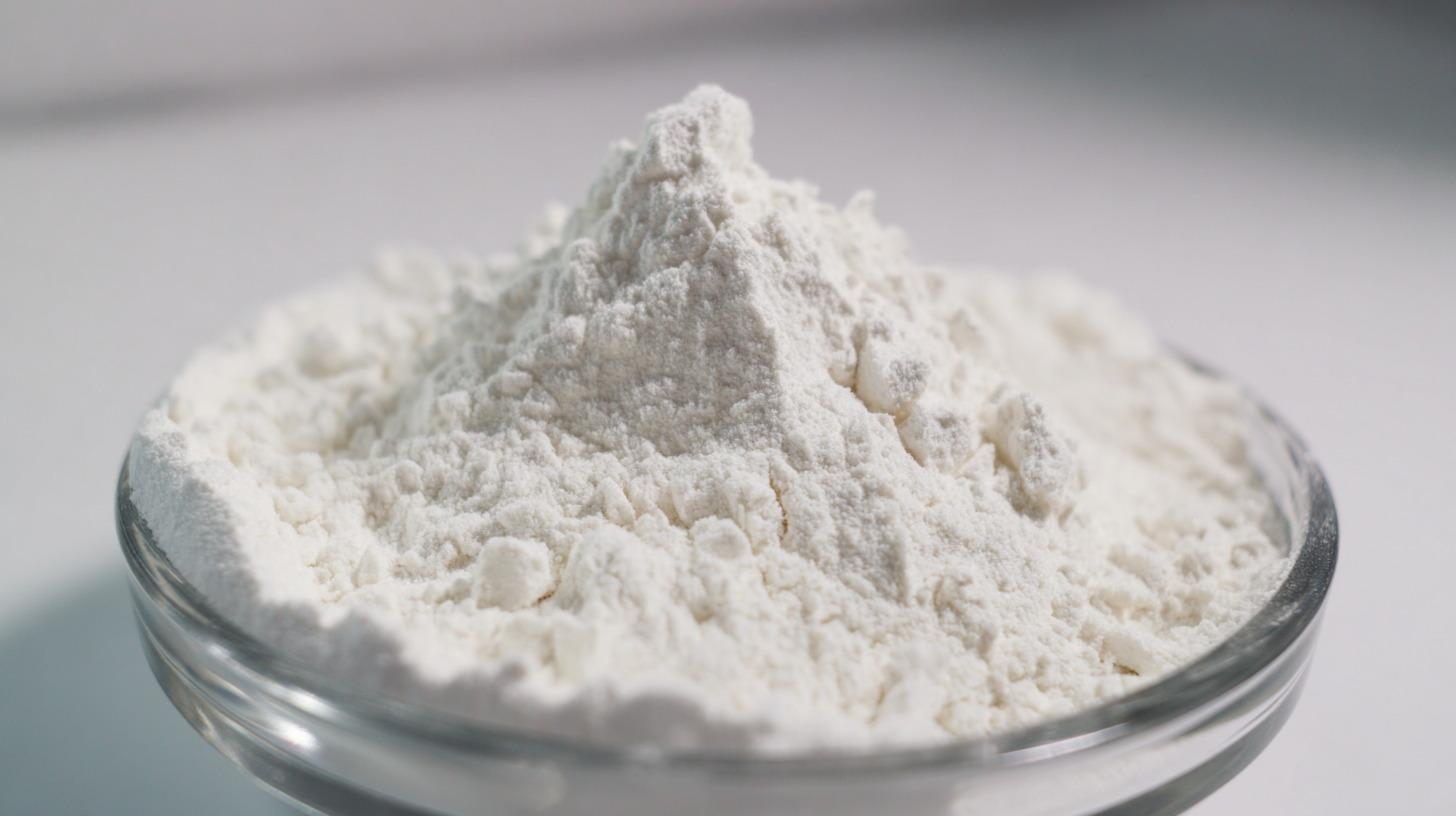 When selecting zirconia powder for industrial applications, assessing the quality and purity of suppliers is paramount. High-quality zirconia powder can significantly impact the performance and longevity of your end products, making it essential to establish clear criteria for evaluating suppliers. Start by examining the production processes used by the supplier. Look for manufacturers that employ advanced technologies and maintain stringent quality control measures throughout their operations.
When selecting zirconia powder for industrial applications, assessing the quality and purity of suppliers is paramount. High-quality zirconia powder can significantly impact the performance and longevity of your end products, making it essential to establish clear criteria for evaluating suppliers. Start by examining the production processes used by the supplier. Look for manufacturers that employ advanced technologies and maintain stringent quality control measures throughout their operations.
In addition to production methods, request detailed certifications and test reports that confirm the purity of the zirconia powder. A reputable supplier should provide information about the composition of their materials, including any impurities that may be present. Pay attention to the size distribution of the powder particles as well, as this can influence the processing characteristics and final properties of your products. By prioritizing these factors, you can ensure that you are sourcing zirconia powder that meets the specific needs of your industrial applications and upholds the standards of quality you require.
When it comes to industrial applications, the cost-effectiveness of zirconia powder options cannot be overstated. Industries ranging from ceramics to electronics heavily rely on high-quality zirconia for its durability and versatility. However, the price of zirconia powder can vary significantly based on factors such as purity, grain size, and manufacturing process. Businesses must evaluate their specific needs, balancing performance requirements with budget constraints, to select the most economical zirconia powder.
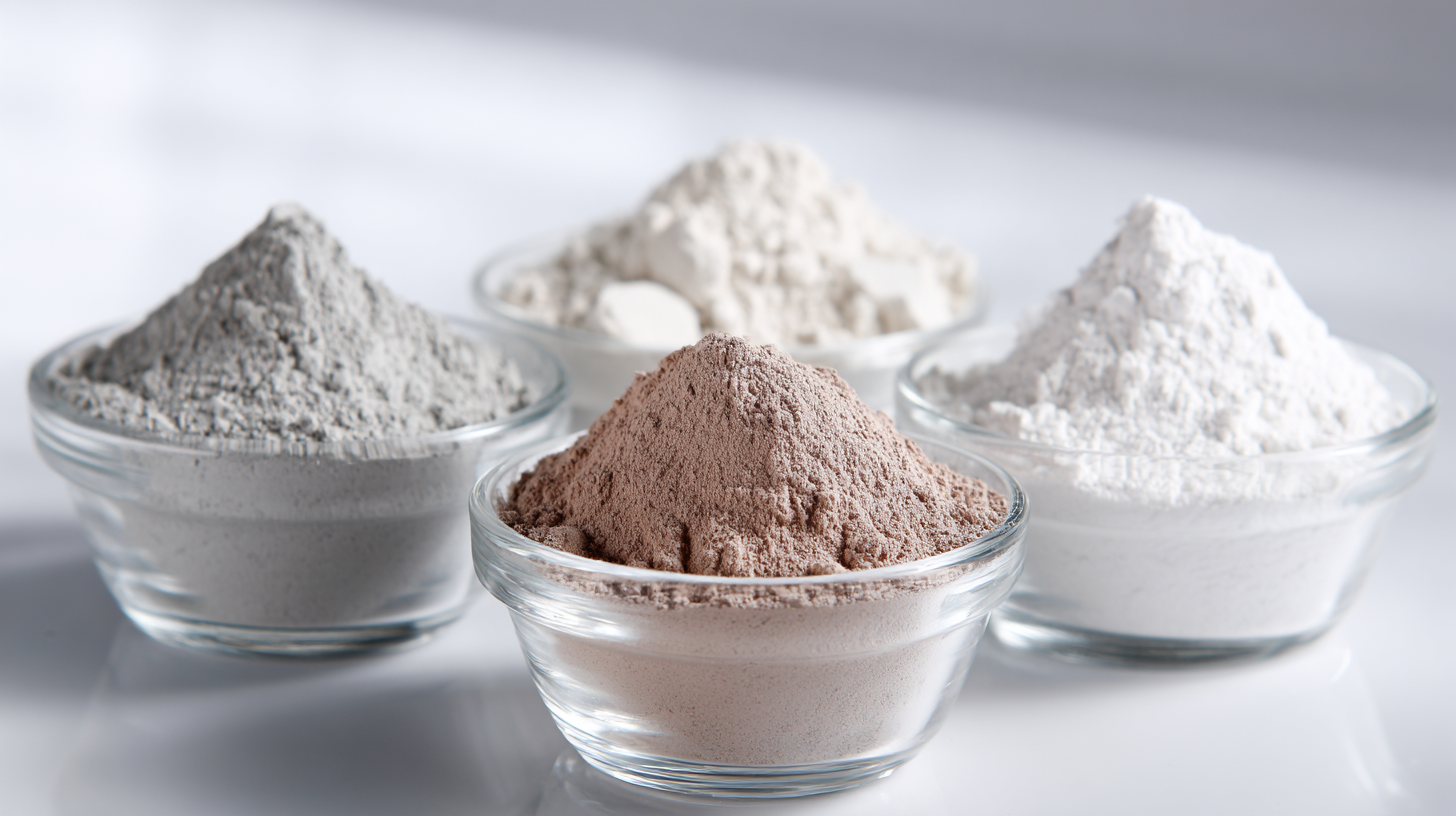
Moreover, understanding the different types of zirconia powders available in the market is crucial for optimizing expenditures. For instance, while fully stabilized zirconia may come at a higher initial cost, its extended lifespan and superior performance in high-stress applications can lead to considerable savings over time. Conversely, less expensive options may suffice for lower-end applications, but they can incur additional costs due to frequent replacements or decreased efficiency. By conducting a comprehensive analysis of both upfront costs and long-term performance, companies can make informed decisions that align with their operational goals and financial strategies.

